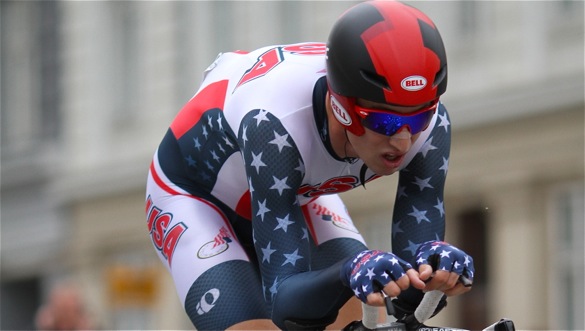Bicycling.com has published an article worth reading. It is about the Massachusetts Institute of Technology cycling team who train in the wind tunnel to optimize their aerodynamics. Wind tunnel optimization is used of many of the professional teams at the Pro Tour. Mark Cote worked with the former Team CSC captain Ivan Basso to optimize his aerodynamics through optimization in the wind tunnel.
In the interview Mark Cote answers questions related to wind tunnel optimization and team time trials:
On aerodynamic wheels:
“Most people don’t realize that a non-aero helmet creates four times the drag of a non-aero wheel set. So you can spend two thousand dollars on a wheel set, or spend two hundred on a helmet and be faster. How you put your race number on matters more than having an aero wheel; today, we glued on our numbers to get them to fit flatter. Then there’s water bottle placement: On a round-tubed frame, having a bottle on your seat tube is more aerodynamic than not having one at all, and it’s much more aero than putting it on the down tube. And wearing gloves in a time trial will slow you down more than using a non-aero front wheel.”
On shaved legs:
“Shaved legs? I think they’re faster, but we haven’t really tested them in the tunnel. I did try to convince Ivan Basso to shave his head when he came to MIT. He wouldn’t do it, even though it was for science.”
Read the full interview at Bicycling.com

